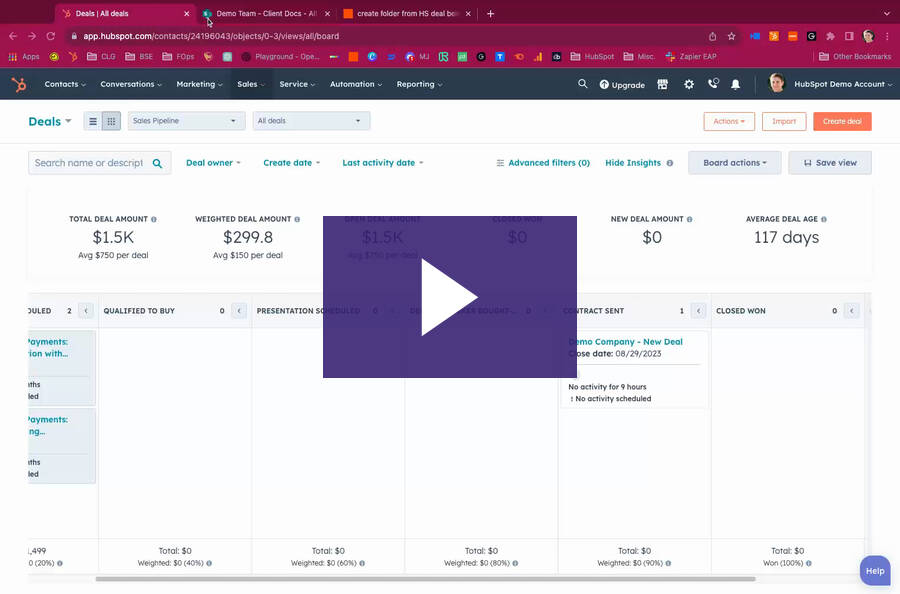In this WH1nsight, I will show you how to use a deal in HubSpot to trigger an automation (zap) in...
A Four-Step Process to Building a High-Level Avatar or Persona

You may know this, you may not... the more specific you are with who your client/customer is, the more effective your communication will be. This is a big tip: (1) conduct a detailed interview with your ideal customer/client (2) write all 'mass' communication to that one person (3) replace that person's name with names from your database. I will delve more into this in another post. But first, we must narrow in on who we should interview.
As you go through this exercise, you don't have to have an answer for everything. Keep this in mind as you progress -- the more details you can determine, the more effective your communication and messaging will ultimately be.
Open up a new doc in your favorite word processor and follow along.
Step 1: Identify demographic details
Demographic details include things like age, gender, race, religion, education level, occupation, income level, urban/suburban/rural, marital status, children (ages), interests like read/watch/listen, vehicle(s), etc.
Step 2: Tap into their feelings
Feelings include their hopes, fears, doubts, worries, problems they need solved, goals, ambitions, value system, what bothers them, looking for pleasure or avoiding pain, how do they buy, daily pains, nightmares, worst case scenario, and so on.
I have heard it described as sleeping with your customers/clients. In other words, pretend like you are them lying in bed at night. What is keeping them awake? What are they worried about? Once you figure out these answers, you can determine if/how to solve their problems.
Step 3: Get clear on your desired clients/customers
This is your opportunity to get clear on whom you want to work with and reduce the chance of working with a PITA (pain in the a$$). Keep in mind return on investment and return on energy. Think dream clients here. I talked a little about dream clients in this post a couple months ago.
These are some of the questions to answer: What are their greatest needs? Who spends the most money? Who is the easiest to reach? Who is the quickest to decide? Who is easiest and least expensive to service? Who is going to stay with you the longest? Who is going to spend the most over time? Who do you enjoy working with?
Step 4: Find out who the real decision makers are
This one can be tricky. Spend some time identifying the true source, and this can lead to significant improvements on closing new business. Remember, women make an outsized number of purchasing decisions as consumers.
For example, I have heard real estate agents think they were selling to the husband; however, it was really the wife making the decision. Once the real estate agent started focusing a majority of the attention on the wife, sales improved significantly.
By now, I hope you have a document filled out that's the beginning of a deeper understanding of your client/customer.
What do you do with this document? Keep it handy and keep it evergreen for any time you are communicating with your customer(s)/client(s).
Address any number of the items from your document, and you will give your customer/client what he/she wants -- to be seen, heard, and understood.
This should lead to what you want -- helping more people advance their impact.




